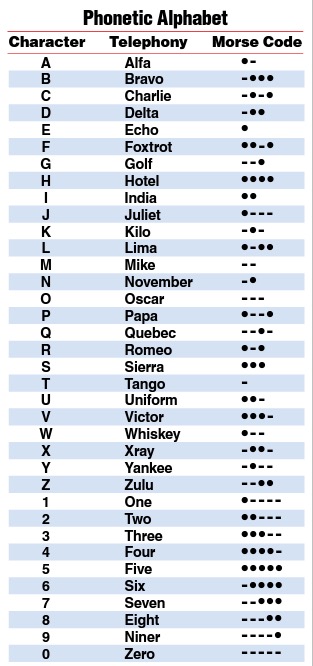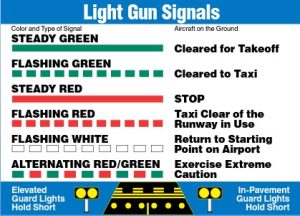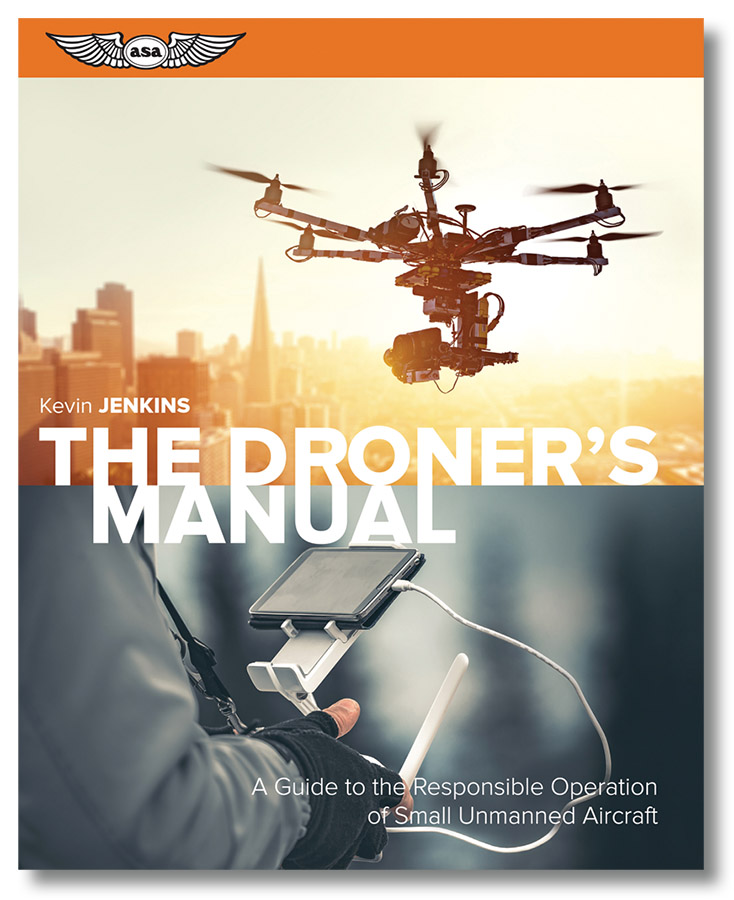Communication between pilots and air traffic controllers is crucial to the safe efficient flow of air traffic in the national airspace system. The Aeronautical Information Manual (AIM) points out that the single most important thing in pilot-controller communication is understanding. It is important when speaking on the radios to not only be clear and concise but use good proper radio phraseology. To assist in the use of proper phraseology the FAA makes available the Pilot/Controller Glossary. This document has proven to be very useful in identifying unknown phrases or terms. You can find the Pilot/Controller Glossary here at FAA.gov, and also in the back of any ASA FAR/AIM book, ebook, or in the FAR/AIM app.
In addition to proper phraseology, pilots and controllers will use what’s referred to as the phonetic alphabet. Every letter in the alphabet is replaced with a word; this is done so the pilot/controller can more clearly and definitively understand the transmission. Let’s use ASA for example; when speaking phonetically correct, this would be spoken, “Alpha-Sierra-Alpha.” Or how about an airplane tail number like N166FA? This would be spoken “November-1-6-6-Foxtrot-Alpha.” In the chart below you can view the entire phonetic alphabet used in aviation—this is something you will need to eventually memorize.
What happens in a situation where you have a radio or communications failure? This is not common but you need to be prepared. If you’re flying into an airport located in controlled airspace with an operating control tower, that tower will most likely be able to provide you with light gun signals. The majority of control towers will have a giant light gun that emits white, green, and red light. Each color, combination of colors, flashing or steady light provides a different ATC instruction or clearance. Pilots must be familiar with these signals and be able to understand them in the event of a radio failure.
Your FAA knowledge test will include questions on using proper phraseology and interpreting light gun signals so it is important to have a solid understanding on these topics. Here are a few sample questions that you are likely to encounter on the knowledge test.
1. The correct method of stating 4,500 feet MSL to ATC is
A—’FOUR THOUSAND FIVE HUNDRED.’
B—’FOUR POINT FIVE.’
C—’FORTY-FIVE HUNDRED FEET MSL.’
2. The correct method of stating 10,500 feet MSL to ATC is
A—’TEN THOUSAND, FIVE HUNDRED FEET.’
B—’TEN POINT FIVE.’
C—’ONE ZERO THOUSAND, FIVE HUNDRED.’
3. While on final approach for landing, an alternating green and red light followed by a flashing red light is received from the control tower. Under these circumstances, the pilot should
A—discontinue the approach, fly the same traffic pattern and approach again, and land.
B—exercise extreme caution and abandon the approach, realizing the airport is unsafe for landing.
C—abandon the approach, circle the airport to the right, and expect a flashing white light when the airport is safe for landing.
4. During a night flight, you observe a steady red light and a flashing red light ahead and at the same altitude. What is the general direction of movement of the other aircraft?
A—The other aircraft is crossing to the left.
B—The other aircraft is crossing to the right.
C—The other aircraft is approaching head-on.
Post your answers in the comments section, we’ll post ours Monday.







